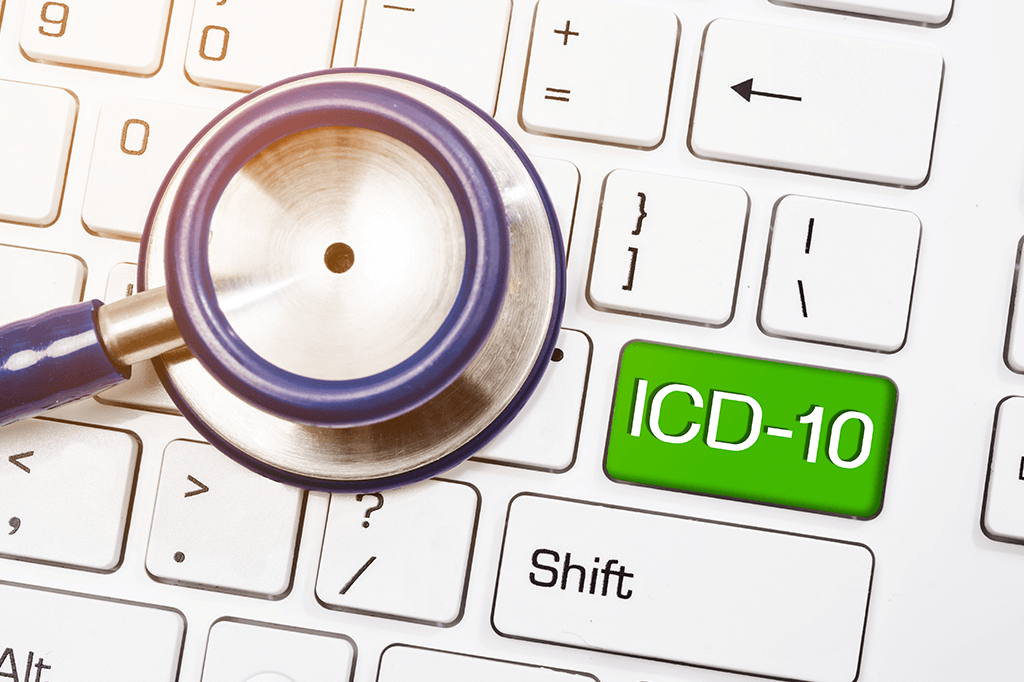The number of myths associated with ICD-10 codes is bound to put the Egyptians to shame. Some of these common misperceptions need to be countered with facts from the experts.
Myth 1: ICD-10 contains ten times the number of codes listed in ICD-9.

ICD-10 includes 69,832 diagnosis codes (ICD-10-CM) as compared to 14,567 diagnosis codes in ICD-9. Similarly, ICD-10 features 71,920 procedure codes as compared to 3,878 procedure codes in ICD-9. While the providers, both hospitals and physicians, use the diagnosis codes, only hospitals use the procedure codes for reporting inpatient procedures.
Interesting Read: The Most Bizarre ICD-10 Codes (Infographic)
Myth 2: The increased number of codes in ICD-10 makes the new code set unfriendly.

Just a mere increase in the number of codes in the new set doesn’t make it difficult to use. In fact, the higher number of codes, the easier it is to find the right code. You don’t need to hunt through the entire list of ICD codes every time anyway.
Myth 3: ICD-10 is only applicable to Medicare and Medicaid claims.

ICD-10 diagnosis and inpatient procedure coding impacts every healthcare organization that is covered by the Health Insurance Portability and Accountability Act.
Myth 4: ICD-10 codes are longer and more complex than ICD-9 codes.

ICD-10 codes are alphanumeric, and three to five digits in length. The first digit is alpha (E or V) or numeric, and digits two through five are numeric. A decimal is placed after the third character.
ICD-10 codes are also alphanumeric but seven digits in length. The first digit is alpha, second is numeric, and digits three through seven are alpha or numeric. A decimal is placed after the third character.
Myth 5: ICD-10 has been developed without clinical input.

CMS contends that both ICD-10 and ICD-9 codes have been developed with a strong involvement of ‘significant clinical input’ from numerous medical specialty societies.
Myth 6: State Medicaid Programs are not required to update their systems to use ICD-10.

According to HIPAA requirements, all systems must use one official list of medical code sets. Hence, CMS works tirelessly with State Medicaid Programs to ensure that ICD-10 is implemented across all systems.
Myth 7: ICD-10 requires unnecessarily detailed documentation.

As with ICD-9, ICD-10 codes must be based on medical record documentation. All these documents are ‘important’ and ‘necessary’ to support accurate and specific codes to prepare high-quality data eventually.
Myth 8: Each payer is required to develop its mappings between ICD-9 and ICD-10.

CMS and CDC have developed a crosswalk tool GEMs for the use of all providers, payers, and data users. The mappings provided are free of charge and are readily available in the public domain.
Myth 9: ICD-10 requires unnecessary medical diagnostic tests.

ICD-10 codes are derived from documentation in the medical record. If a diagnosis has not yet been established, the provider must code the condition to its highest degree of certainty when using both code sets. ICD-10 contains a lot more codes for signs and symptoms and is better designed to suit ambulatory encounters when a definitive diagnosis is not yet known.
Myth 10: ICD-10 is obsolete because it was developed several years ago.

ICD-10 codes have been updated annually since they were initially developed. They have successfully kept pace with the advances in medicine and technology, as well as changes in the healthcare environment.

Join the Discussion!